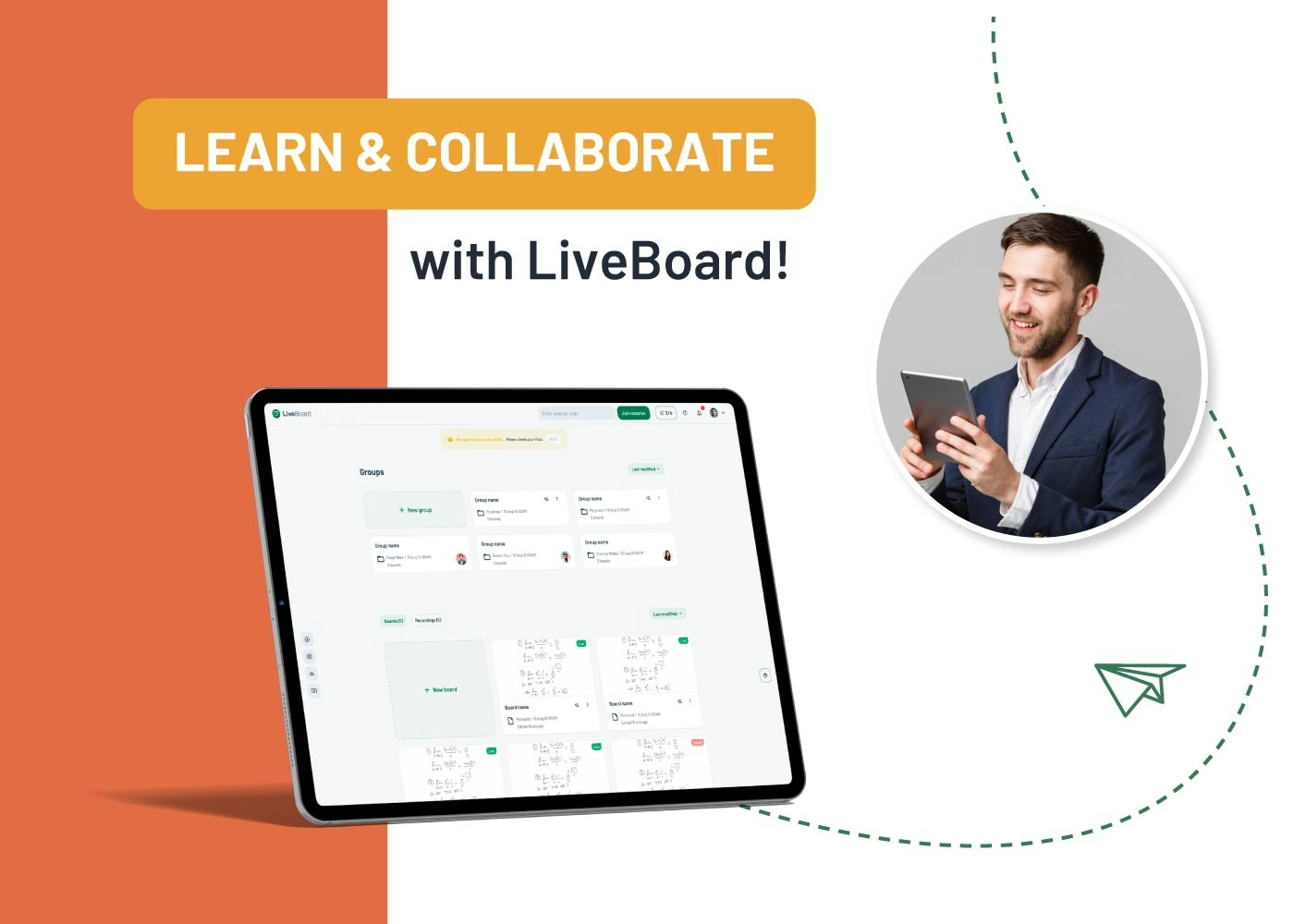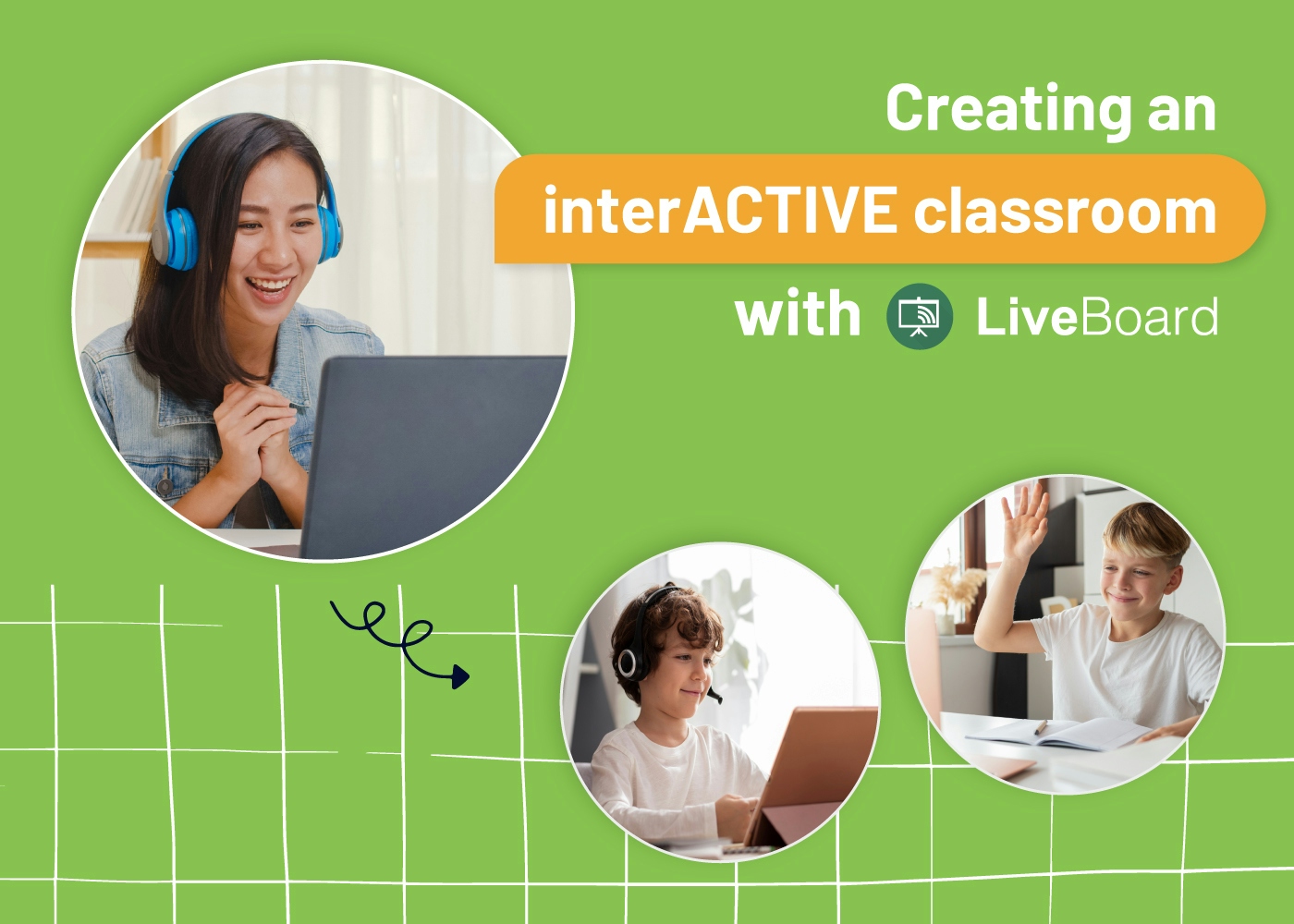Structuring your online course does not just mean outlining it. It entails making sure everything is ready and in place, including your knowledge of the topic, the tools you will be using, how you will deliver the lessons, and the monetization method you prefer. To make the process easy and quick, we have compiled a comprehensive guide on how to structure an online course. Here are 10 steps that will help you navigate the vast universe of course design, covering the crucial points that will lead your project to success.
1. Choosing The Topic and Market Insight
When structuring an online course, the first and most important step is choosing a topic in which you have expertise, confidence, and mastery. While it is essential to be familiar and fluent in a topic, it is just as important to know how to teach it, since teaching itself is a vital skill in this department.
Once you’ve chosen your topic, it is time to research the market to get insight into demand and competition. Pay attention to how often people search for your topic as well as the size of the competition. High demand naturally implies high competition, but this should not dishearten you, as demand will increase your chances of attracting an audience, especially if you have the skill to present the information better or in a unique way, or can target a specific audience.
2. Choosing The Teaching Methods
If the topic of your choice is within the spectrum of popularity, chances are you’ll quickly find various other courses on the very same topic. Don’t shy away from observing the different presentation styles, and identifying the methods that attract an audience, and most importantly, provide excellent results. Your own experience can be another valuable source for detailed observation. Think about your journey to mastering the topic. By evaluating your own experience, you’ll likely find the assets that helped you grasp the concept thoroughly, and the mistakes you made along the way that turned into obstacles that could’ve been avoided. It can be helpful to incorporate this information into your teaching methods, to pave a smoother road leading to the necessary results.
3. Evaluating The Course Difficulty and Structuring Effectively
An objective assessment of the difficulty level of your topic can play a crucial role in structuring the course. Is it a highly theoretical field you will cover (mathematics, linguistics, CS, etc.), or is it relatively light in theory (sewing, pottery, drawing, etc.) and more hands-on? Depending on the complexity of the material, the amount of time required to digest the information and see results will differ. It will help you set a reasonable length for your course. You’re looking to avoid unnecessary complications in your material by teaching your course at a sensible pace based on a comprehensive demonstration of the material.
4. Creating The Course Outline
Armed with the tips you’ve gathered from the previous steps, it is time to assemble the course elements into an outline. The purpose is to build a logical sequence of information – starting from the foundation and adding more advanced blocks of knowledge onto it.
Dividing the material into a neatly organized and easily understandable system will help the learner remain focused in this pool of information. Create specific modules, each corresponding to the chunk of knowledge one must acquire in that phase of the process.
Take a look at how Khan Academy organizes its Geometry course into modules:
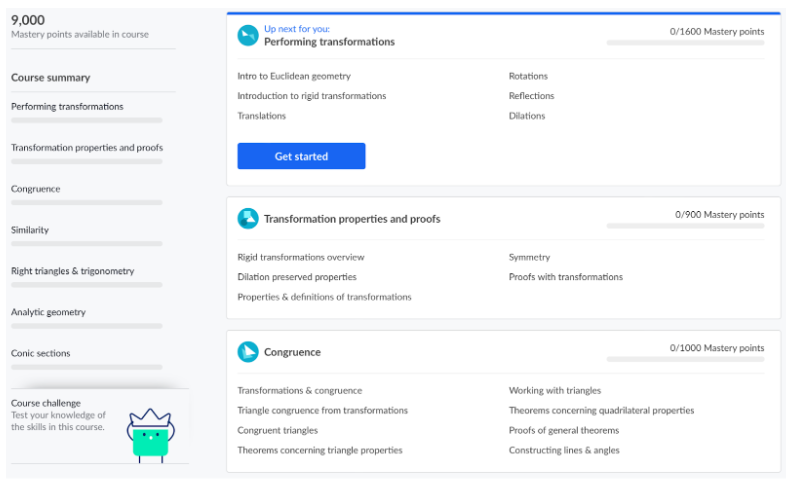
5. Choosing a Lesson Delivery Method
Having figured out the outline that works for your course, you can then decide how you’ll be delivering your lessons. Video, text, and audio are usually the main candidates. You can choose to record video lessons with yourself sitting in front of a camera as you explain the material, or you can opt for animated video lessons with your own voiceover. You can use a greenscreen, or present your lessons as well-written audio recordings (such as podcasts). If you can afford the time and effort to publish your lessons in more than one format and combine two or more of these methods, like including a transcript of your video or audio in a lesson – it can be a versatile tool for you and a big benefit for your audience. There are many possibilities. Choose the one you find more comfortable and efficient within the frame of your course.
Pro Tip: Use LiveBoard’s recording feature to create your video lessons using a digital whiteboard on any device (desktop, tablet, phone). The software allows screen + voice recordings that you can save on your computer and use at your convenience. The tools embedded in LiveBoard that will enhance your overall course-making experience include drawing and writing tools, geometrical shapes, and a graph calculator. You can also insert and edit images or pdf documents to further enhance your presentations.
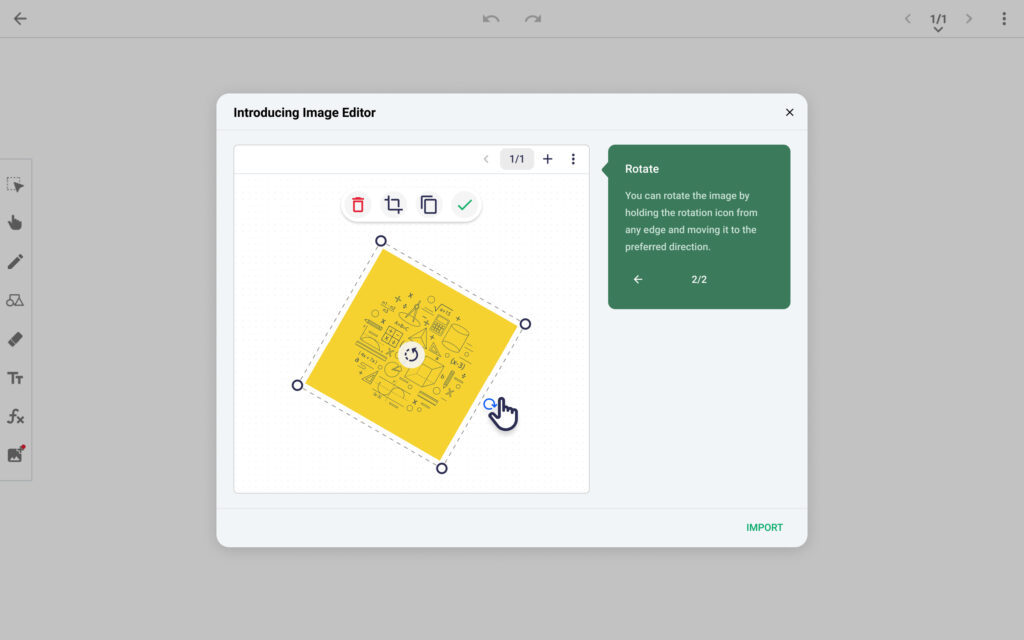
6. Creating The Course Content
As the planning stage is completed, it’s time to act. Gather every tool required to realize your plan (camera, microphone, etc.). Consider running a few short test lessons, and gather feedback about the coherence and clarity of your lessons. If constructive criticism is given, incorporate it into the process as you begin to create the actual content. Focus on delivering clear explanations and demonstrations through good audio and video quality.
7. Designing Quizzes and Exams
If your course is demanding, you may want to include quizzes at the end of your modules to test the learner on the knowledge they gathered up to that point in the course. If they have satisfactory results, they’ll be able to move on to the more advanced modules. This can add to the learner’s sense of responsibility while also giving you feedback on how well the learner grasps your material in general. You can also create a complete exam at the end of your course to test the student’s grasp of the entire course. It can help the learner objectively evaluate the parts they have fully grasped during the course and the ones they should revisit for better understanding and memorization. Needless to say, the quizzes and exams must revolve strictly around the specific information covered in the module/course. Stepping out of that frame and testing learners on information you haven’t taught will be unprofessional and discouraging – especially if you require a good quiz/exam result to give access to the next level of your course.
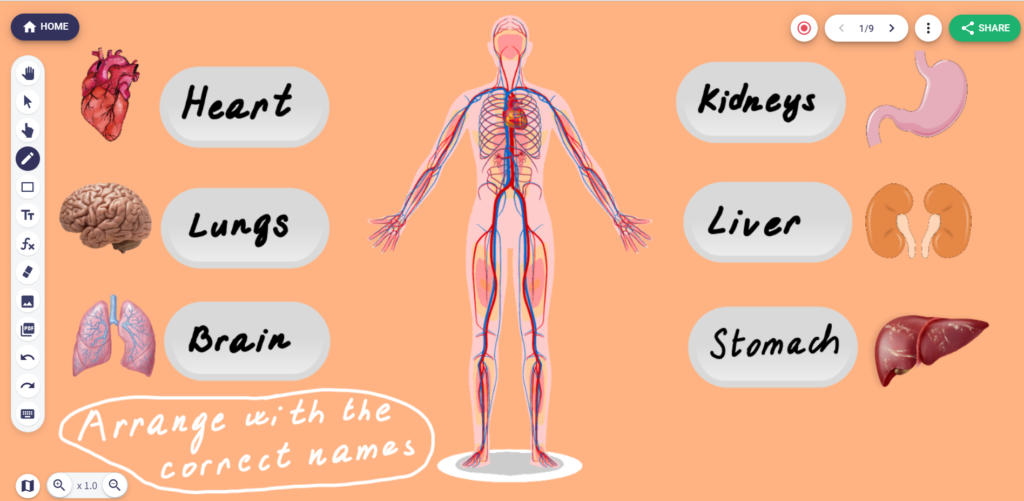
8. Engaging With Your Audience
Interaction between youf and the learner can significantly motivate learners as you provide feedback on their efforts and help them with specific questions they might have when they get stuck. Interaction can occur through email correspondence or through an online community. Besides a direct teacher-learner conversation, all current course learners can communicate, have discussions, and share their experiences together. It will be up to you to decide whether or not you want to include this feature, but generally, it can add to the overall learning process and strengthen the exchange of feedback.
9. Pricing Wisely
When pricing your courses, you need to consider how other similar courses within the subject area are priced. It will give you a general idea of the price range you want to target. You can consider researching popular e-learning platforms like Udemy or edX. You want to be able to cover the costs of creating and marketing your course but not to the extent that you might deter potential consumers. Here, you have several pricing options:
- Subscription – the subscriber pays a recurring fee (monthly or annual) and gains full access to the library of your course content for the paid period.
- Transactional – the consumer pays to buy standalone courses individually, depending on their learning path.
- Hybrid – a mix of subscription and transactional pricing, leaving the choice to the student’s convenience.
10. Launching The Course
Make sure to include a course definition that would tell the consumer what they will be receiving once they have completed the course. Finally, consider where you are going to launch your course. It can be on an e-learning platform or a standalone website dedicated to your course. You might also be able to do both simultaneously. The rest is a matter of marketing strategy and being able to promote your courses effectively.
